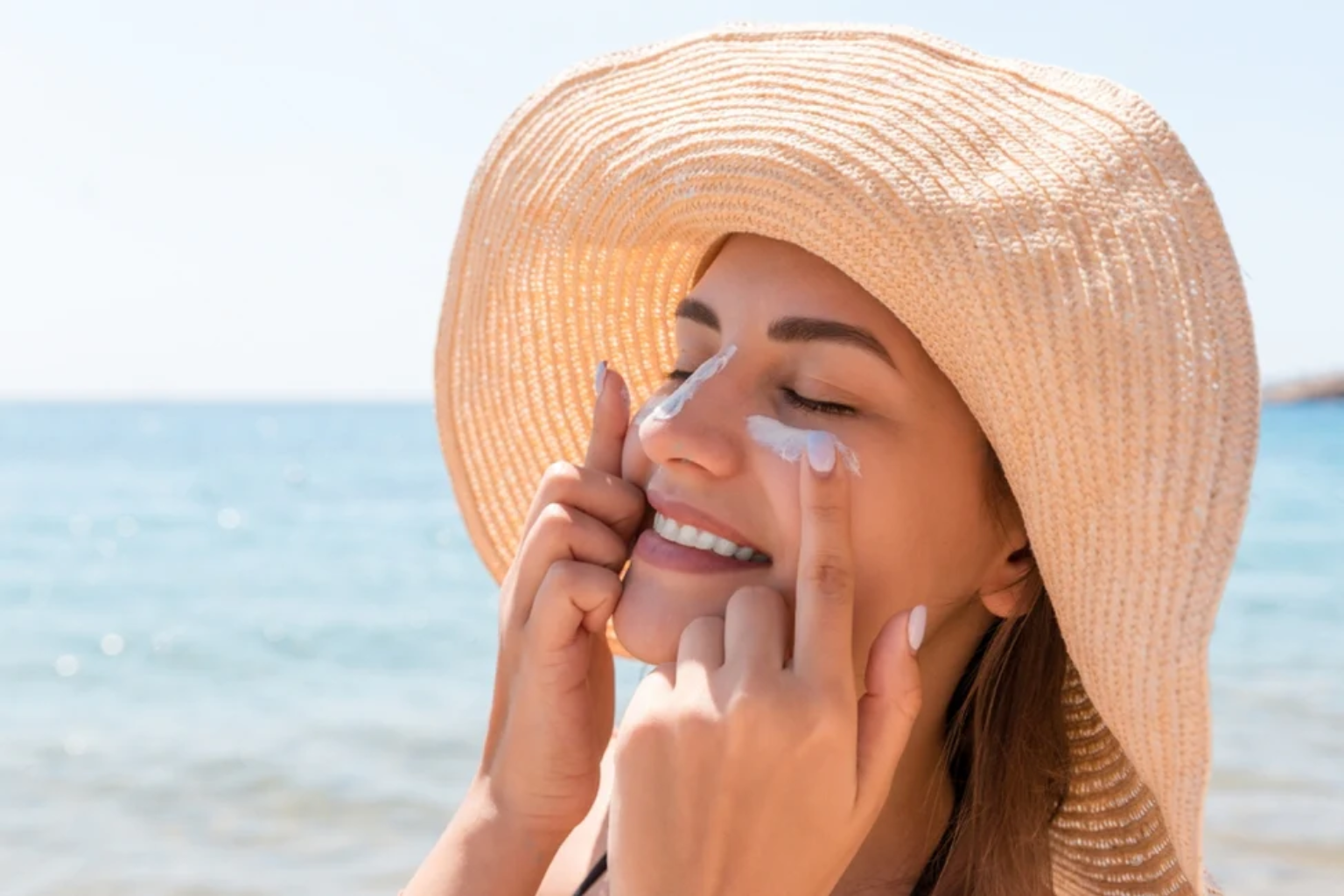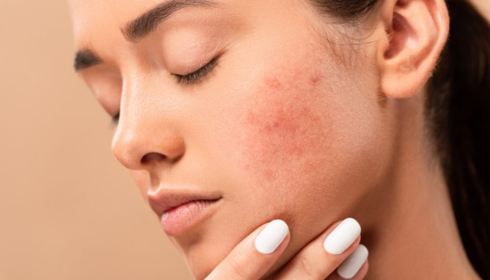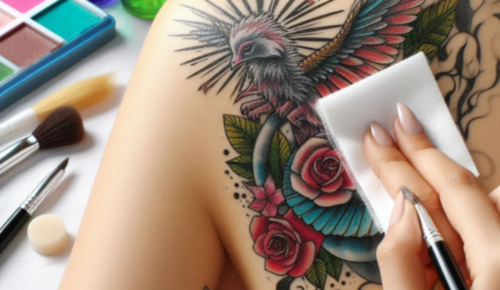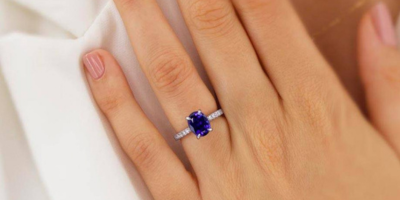Retinol may be one of the most talked-about ingredients in modern skincare, and it’s earned its reputation for good reason. Derived from vitamin A, retinol has been shown to visibly reduce fine lines, even out skin tone, unclog pores, and boost collagen production. But as powerful as it is, retinol is not a product you want to dive into without a little preparation. Used incorrectly, it can cause irritation, dryness, or make your skin more sensitive than ever. That’s why a gentle, informed approach is essential—especially if you’re just starting out.
The first thing every beginner needs to know about retinol is that it’s potent. More is not better. In fact, the key to success is starting low and going slow. You don’t need the highest percentage on the shelf to see results. For your first product, look for a formula with a concentration between 0.1% and 0.3%. This level is usually well tolerated and gives your skin time to build up its tolerance. Some brands even offer encapsulated versions of retinol, which release the ingredient more slowly and gently over time.
Timing also matters. The best time to apply retinol is at night. Sunlight can break down the molecule and reduce its effectiveness, and skin tends to be more receptive to active ingredients during its overnight repair phase. After cleansing and drying your face, wait a few minutes to ensure your skin is completely dry—this step reduces the risk of irritation. Then apply a pea-sized amount of retinol to your face, avoiding sensitive areas like the corners of the mouth, eyes, and nose. Follow with a nourishing moisturizer to help minimize dryness.
If your skin is especially sensitive, you might want to try the sandwich method. This involves applying a thin layer of moisturizer before and after the retinol to buffer its intensity. It’s a trick many dermatologists recommend for first-time users and can make a big difference in how well your skin tolerates the ingredient. Another beginner-friendly tip is to use retinol only two nights a week to start. As your skin adjusts, you can gradually increase frequency over several weeks. The goal is to find the sweet spot where you’re getting results without triggering irritation.
It’s important to understand that some degree of flaking, dryness, or purging is normal when first using retinol. The skin may become a bit more sensitive before it gets better. This phase typically lasts a few weeks and is not a sign that the product isn’t working—in fact, it often means it is. However, if you experience burning, severe redness, or prolonged discomfort, it’s wise to stop use and consult a dermatologist. Everyone’s skin is different, and sometimes a personalized approach is necessary.
Sun protection becomes even more crucial when using retinol. The ingredient makes skin more vulnerable to UV damage, so applying a broad-spectrum sunscreen of SPF 30 or higher every morning is non-negotiable. Skipping sunscreen while using retinol not only puts your skin at risk but also undermines all the benefits you’re trying to achieve. A gentle cleanser and a hydrating daytime moisturizer can also support your anti-aging skincare routine without overloading the skin.
Another common concern for beginners is how to layer retinol with other products. The rule of thumb is to keep it simple. Avoid using exfoliating acids or strong actives like vitamin C at the same time, especially in the beginning. Once your skin becomes more accustomed to retinol, you can consider reintroducing these ingredients—but not all at once. A minimalist routine gives your skin room to adjust and respond.
The real magic of retinol is in the long game. Results don’t show overnight. It can take several weeks to months to notice significant changes, especially for collagen-boosting and wrinkle reduction. But with patience and consistency, retinol remains one of the most effective tools in your skincare toolkit. For anyone serious about long-term skin health, building a solid retinol guide into your routine is a smart move.
What’s most encouraging is that retinol isn’t reserved for the beauty elite or those with complex regimens. It’s accessible, affordable, and with the right knowledge, beginner-friendly. The journey to smoother, clearer, and more youthful skin doesn’t have to be complicated—it just requires a thoughtful start. And if you’re still unsure where to begin, a visit to your local bookstore might be all it takes—many skincare experts have shared their insights in simple, beginner-focused guides that make your skincare learning curve feel inspiring, not overwhelming.





